Lighting is a key factor in the retail environment that can significantly influence consumer behavior, emotions and purchasing decisions. Good lighting design not only improves visibility, but also has the power to attract attention, enhance the perception of the environment, generate an emotionally positive atmosphere and increase interaction with products. In the store context, lighting can become a powerful tool that defines the shopping experience for consumers, creating an emotional connection with the products and the brand.
Influence on Attention and Behavior
Bright, supplemental lighting in displays can significantly increase the time consumers spend looking at, touching and handling products. This is because bright light captures visual attention, which can make products appear more attractive or even more valuable. However, although it increases interaction with products, this type of lighting does not always translate directly into increased sales, as factors such as price, perceived need and product quality also play a crucial role. [1][2]. This suggests that lighting, while important, is only one of many factors that influence the purchasing decision.
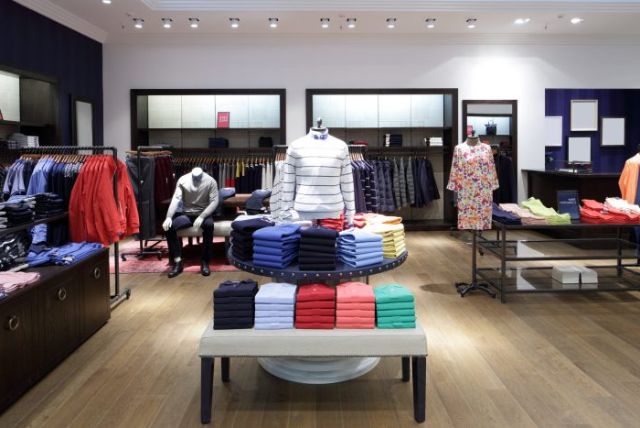
The contrast and color temperature of light have a profound impact on consumers’ attention and emotional arousal. Warm light tends to generate a more relaxed and welcoming atmosphere, which can influence the consumer’s emotional state and make them feel more comfortable and willing to interact with products. In contrast, a cool light can increase alertness and energy, which can be useful in environments where more activation is desired, such as in technology or sports stores. These factors, combined with targeted lighting, can significantly alter consumer purchase intent [3].
Directional or focused lighting can guide visual attention to certain products, resulting in a greater likelihood that they will be perceived as prominent or special. This is especially effective when combined with other sensory sensations, such as the physical warmth of the environment and the use of light colors, which contributes to creating a harmonious and appealing environment. Directed light not only affects the perception of the product, but also the general mood of the consumer, favoring their willingness to interact longer with the items [4].
Recommended products
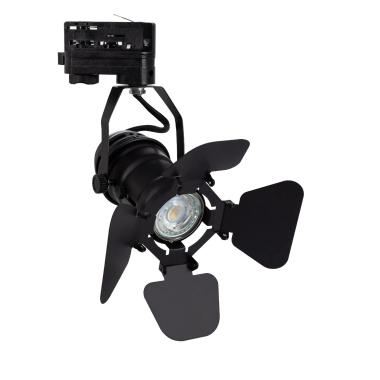
In Stock, delivery in 24/48h
20.69 £
1-Circuit Track Spotlight Kuranga for GU10 Bulb
View product
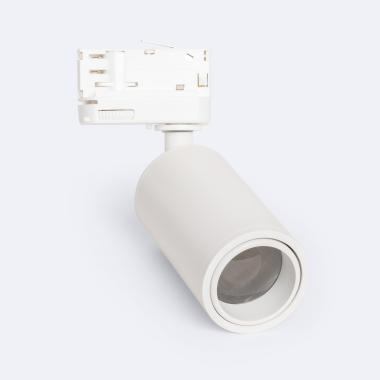
In Stock, delivery in 24/48h
17.39 £
3-Circuit Track Spotlight Agate Multi Angle 10-50° for GU10 Bulb
View product
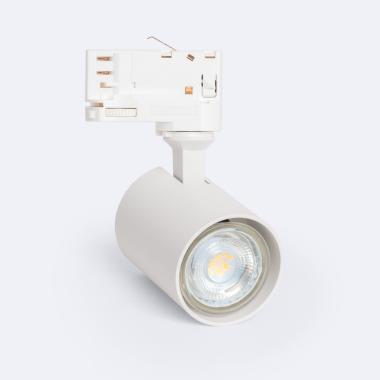
In Stock, delivery in 15-20 days
11.99 £
3-Circuit Track Spotlight Niko for GU10 Bulb
View product
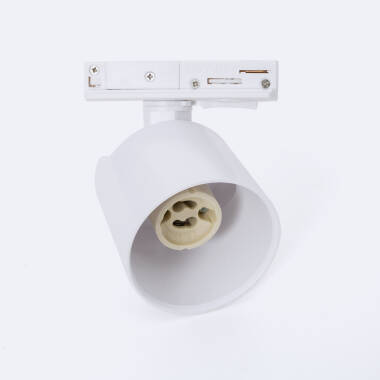
In Stock, delivery in 15-20 days
10.89 £
1-Circuit Track Spotlight Davos for GU10 AR111 Bulb
View product
Impact on Emotions and Perception of the Environment
Lighting has a transformative power on consumers’ emotions, generating feelings of pleasure, security, luxury or comfort. These emotional states are important factors that can motivate consumers to stay longer in a store, which increases opportunities to purchase. For example, soft, warm lighting in a clothing store can make consumers feel more relaxed and willing to try on items, while intense lighting in a jewelry store can create an atmosphere of luxury that invites the purchase of exclusive products [5][6][7][3]. In addition, a correct manipulation of light intensity and color can make products look more attractive, favoring the desired retail environment.
There are light configurations that not only modify the physical appearance of the products, but also communicate a specific image of the establishment. Cold light, for example, can be perceived as modern and efficient, while warm light can be associated with a more traditional and welcoming environment. These effects on perception of ambiance can influence purchasing decisions, although changes in observable behavior may be subtle. However, cultural differences also play a role in how certain colors and types of lighting are perceived, which means that lighting strategies must be tailored to the cultural profile of the target consumer [6][7][5].

Applications and Strategies
Strategic lighting can be a powerful tool to highlight specific products. For example, it can be used to draw attention to healthy or sustainable products, positively influencing preference for certain items by associating them with wellness and social responsibility values. Similarly, the use of appropriate lighting can reinforce brand image, making it consistent with the store’s aesthetics and values. By tailoring lighting to brand characteristics, retailers can create a unique ambiance that resonates with consumers’ emotions and increases their willingness to buy [4] [8][7].
In the case of energy-efficient products, such as LED lighting, the positive perception of this type of technology is strongly linked to purchase intent, especially when associated with emotions such as pride in contributing to the environment or guilt for not making responsible choices. LED lighting is not only perceived as an energy-efficient option, but also as a product that reflects a commitment to sustainability, which can increase the perceived value of products [9][10].
Effects of different types of lighting on consumer behavior.
| Lighting Type | Main Effect on Consumer | Quotes |
| Bright/Supplemental | Increases the time consumers interact with products, but does not always increase direct sales. | [1][2] |
| High Contrast | Enhances visual attention to products and can generate a higher level of consumer delight and excitement. | [3] |
| Warm light and light colors | Creates a pleasant atmosphere that increases product preference in a relaxed and positive environment. | [4] |
| Soft light | Promotes a relaxing atmosphere, ideal for stimulating food purchases and creating a sense of comfort in the customer. | [7] |
In summary, lighting not only enhances product visibility, but also plays a crucial role in creating an atmosphere that shapes the shopping experience. In addition, it influences consumer emotions, encouraging interaction and increasing preference for certain products. By tailoring lighting to business objectives and consumer profile, retailers can use it as a strategic tool to influence shopping behavior and achieve better results.
References
1. Summers, T., & Hebert, P. Shedding some light on store atmospherics: influence of illumination on consumer behavior. Journal of Business Research. 2001; 54. https://doi.org/10.1016/S0148-2963(99)00082-X
2. Areni, C., & Kim, D. The influence of in-store lighting on consumers’ examination of merchandise in a wine store. International Journal of Research in Marketing. 1994; 11. https://doi.org/10.1016/0167-8116(94)90023-X
3. Lin, Y., & Yoon, S. Exploring the Effects of Lighting on Consumer Responses in a Retail Environment using 3D Walk-Through Animation. Archives of Design Research. 2015; 28. https://doi.org/10.15187/ADR.2015.05.28.2.5
4. Motoki, K., Saito, T., Nouchi, R., Kawashima, R., & Sugiura, M. Light colors and comfortable warmth: Crossmodal correspondences between thermal sensations and color lightness influence consumer behavior. Food Quality and Preference. 2019 https://doi.org/10.1016/J.FOODQUAL.2018.09.004
5. Park, N., & Farr, C. The Effects of Lighting on Consumers’ Emotions and Behavioral Intentions in a Retail Environment: A Cross-Cultural Comparison. Journal of Interior Design. 2007; 33. https://doi.org/10.1111/j.1939-1668.2007.tb00419.x
6. Quartier, K., Vanrie, J., & Cleempoel, K. As real as it gets: What role does lighting have on consumer’s perception of atmosphere, emotions and behaviour?. Journal of Environmental Psychology. 2014; 39. https://doi.org/10.1016/J.JENVP.2014.04.005
7. Shaheen, S. The Relationship between Environmental Cues and Consumer Behavior. مجلة جامعة الإسکندریة للعلوم الإداریة. 2022 https://doi.org/10.21608/acj.2022.269312
8. Hartmann, S. The Impact of Lighting Type on Consumer Behavior in the Purchase of Healthy Products. . 2020.
9. Apipuchayakul, N., & Vassanadumrongdee, S. Factors Affecting the Consumption of Energy-Efficient Lighting Products: Exploring Purchase Behaviors of Thai Consumers. Sustainability. 2020 https://doi.org/10.3390/su12124887
10. Moghavvemi, S., Jaafar, N., Sulaiman, A., & Tajudeen, F. Feelings of guilt and pride: Consumer intention to buy LED lights. PLoS ONE. 2020; 15. https://doi.org/10.1371/journal.pone.0234602


